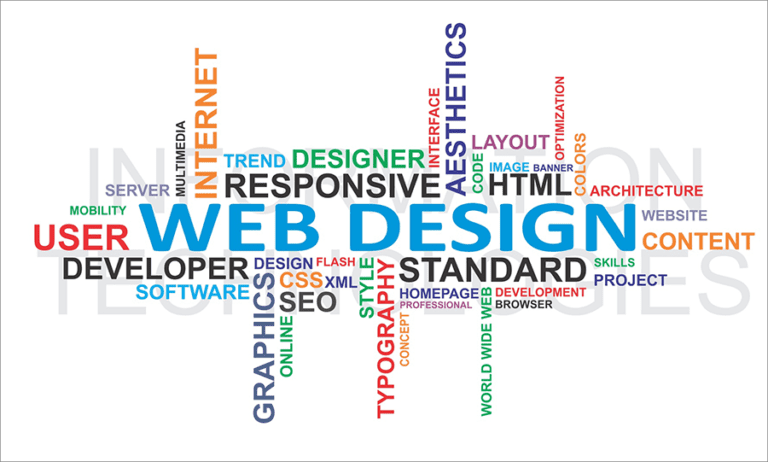What Are The Components Of A Great Website?
In planning your website, it’s important to know what is needed to make one that’s not just OK but GREAT. Here is a list of essential components to help you do just that!
- Purpose & Clarity: Before creating a website, you need to outline the purpose or goals of your website. Having a clear, well-defined purpose is paramount.
- Good Design: A website’s layout must be user-friendly and user-intuitive. The design should appeal to your target audience and professionally present your company. It should not distract from your product and disrupt the flow of your website.
- Usability: The easier it is for the viewer to navigate your website, the more likely they will return. The website should be optimized for search to help you get found online.
- Compelling Content: Your website should teach people how to recognize what their problems and challenges are. Once a person has found you and trusts you, you need to inform them on how you can solve their problems. Capture their email address and continue to create valuable content that is relevant to their stage in the customer journey to nurture them through to the sale.
- Calls to Action: A clear call to action is essential to guide visitors through the purchasing process and convert them into happy, enthusiastic customers.
- Social Proof: Include testimonials, reviews, and case studies to build trust with your visitors.
- Navigation: A well-structured navigation design is important to make it simple and intuitive for visitors to find what they’re looking for on your site.
- Mobile-Friendly: Your website should be mobile-friendly to ensure that it’s accessible, usable, efficient, and easy on the eyes.
- Trust Elements: Create boxes that feature your core products or services and include about 100 words of content with each. Since these are your core services, you’ll likely have full pages or sections dedicated to them.
- Content Management System (CMS): A CMS is essential to manage and update your website easily.
- Appearance: The design should use modern trends and appropriate functionality to appeal to users. Technology and design trends are constantly changing, so having a design that can last (or easily evolve) for years to come will secure your investment right from the start.
- Resources: Provide resources such as blog articles, whitepapers, and e-books to educate and inform visitors.
By incorporating these components, a business can create a website that is user-friendly, informative, and engaging, which can help to increase traffic, build trust, and ultimately drive sales. Want to get started? Click here!




